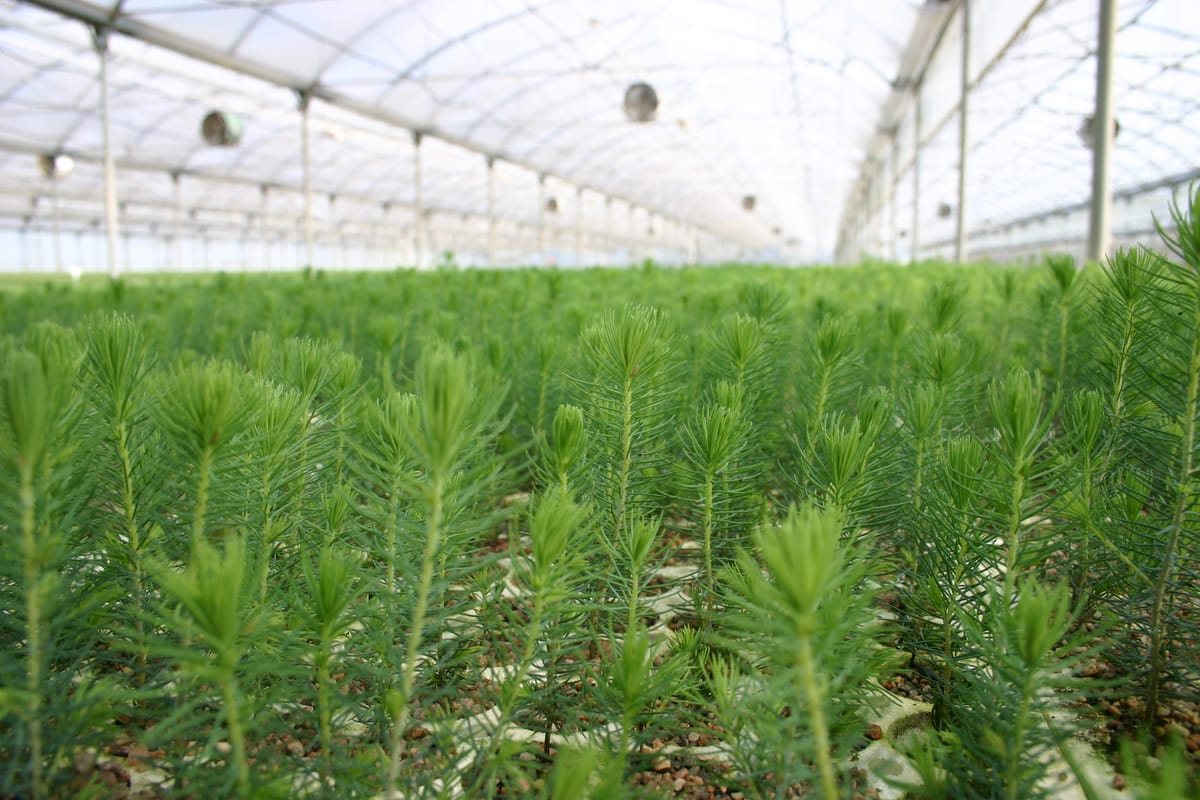What Does a "Natural" Forest Look Like? 🌳
Despite significant progress in forest restoration techniques, accurately monitoring and assessing biodiversity remains a formidable challenge.

🌱 The Debate: Natural Regeneration vs. Artificial Restoration
It’s often alleged that the artificial restoration of former forests—i.e., planting trees—is unnecessary in most instances. Forests will come back on their own through a process known as natural regeneration. But how successful is natural regeneration? Specifically, is it beneficial for the biodiversity of an ecosystem? What trees will come back? 🌍
A study by Chazdon et. al. (2022)in northeastern Costa Rica on the changes in tree species diversity during natural regeneration over 12–20 years is a critical contribution to understanding forest recovery and the effectiveness of restoration efforts. The methodology employed, including the use of diversity profiles and subsampling techniques, highlights important aspects of assessing biodiversity in regenerating forests. 🌿
🔍 A Critical Time for Biodiversity Assessment
This study challenges a few key assumptions that people may have about naturally regenerating forests—most interestingly, forests that regenerate naturally see many ups and downs in terms of biodiversity during their first decades of growth. Their findings challenge the traditional view of linear recovery in forest ecosystems, presenting a more nuanced narrative of ecological succession.
Key insight: Rare species do not necessarily come back unassisted, at least based on the sample plots shown in this study. The authors suggest that the health of a regenerating forest cannot be measured solely by the prevalence of rare plants. Instead, the success of natural regeneration should be measured in terms of the growth of already abundant species. 🌳
What does this mean for our understanding of forest recovery?
🌲 The Importance of Sample Size in Monitoring
A further point of interest from the data shown here is the unreliability of monitoring plots with a small sample size. For the Costa Rican forests sampled here, the authors concluded that any plot smaller than 0.5 ha is most likely unrepresentative of the larger forest ecosystem.
Why it matters: Samples as large as 1 ha may still miss out on the rarer species blooming in a naturally regenerating forest. By identifying the successional trajectories of tree species diversity in regenerating forests, the study offers guidance for restoration practices. It highlights the importance of considering the age and previous use of the forest in restoration efforts, as these factors can significantly influence the recovery of biodiversity. 🌍
How can we improve biodiversity assessments in regenerating forests?
🌱 Current Challenges in Forest Restoration
Despite significant progress in forest restoration techniques, accurately monitoring and assessing biodiversity remains a formidable challenge.
Key challenge: The study identifies the need for larger plot sizes to capture comprehensive biodiversity data, especially for rare species. These insights are crucial for enhancing the quality of data used for assessing restoration projects. 🌳
What are the biggest challenges in restoring biodiversity in natural forests?
🔍 Innovating Biodiversity Monitoring with Data-Driven Approaches
Chazdon et al. advocate for the integration of sophisticated biodiversity metrics and statistical models to improve the reliability of ecological assessments.
Why it’s important: Their use of diversity profiles and Hill numbers, which account for species richness and evenness, provides a more detailed understanding of species distribution and community structure in restored forests. 🌿
How can advanced metrics improve our understanding of forest regeneration?
🔓 Open Data & Code: Empowering Further Research
All data used in this study are available at https://doi.org/10.5061/dryad.ncjsxksvr. 🌐
Curious to explore the data? Dive into the resources and see how tree diversity plays a vital role in forest recovery.




